October is Cybersecurity Awareness Month, but its also well known, among the vernacular of the younger generation, as Spooky Season. Most people are more concerned with ghosts, ghouls, and goblins than they are with the dangers lurking in the dark corners of the Internet. Which is understandable, it’s more fun to think about the fake monsters than the real ones who could change your life in an instant. So, let’s make a compromise. We’re going to list the 7 scariest ghosts and monsters when it comes to cybersecurity, and we’ll
Category Archives: CyberSecurity Awareness
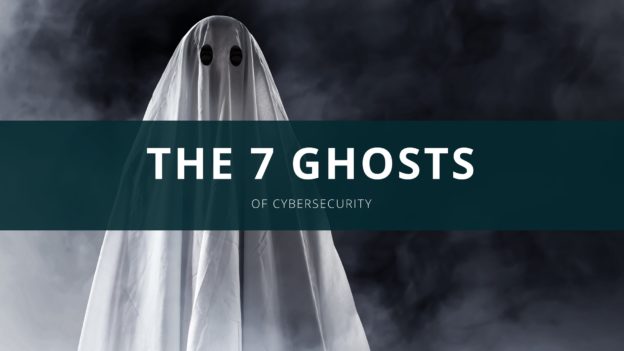
The Real Goblins of October

Is the Danger the Digital World or You?
If you’ve watched any sci-fi movie, you probably understand the perceived dangers of the digital world. Primarily the unrealistic dangers of artificial intelligence. Now, I’m not saying that AI won’t be a threat in the future but it’s important to note that right now the most dangerous threat is people using the Internet. They pose a much bigger threat than an incoming Robo-Apocalypse. And I’m not just talking about cybercriminals. Regular, everyday human error is what poses the most dangerous threat to your company’s cybersecurity. Don’t believe me? Well then,
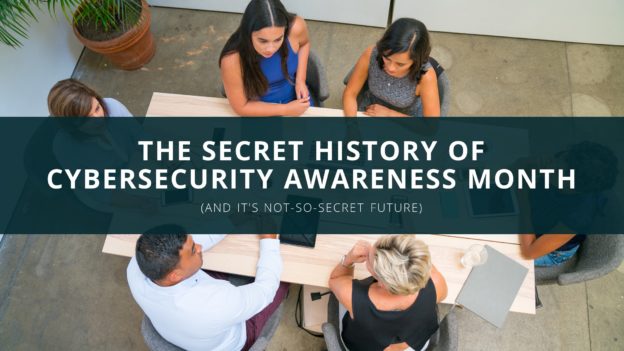
The History of Cybersecurity Awareness Month
Have you ever wondered where all those weird holidays come from? Like, who got to decide that April 23rd was National Talk Like Shakespeare Day? Or that Squirrel Appreciation Day would fall on January 21st? Or that the last Friday of every April would be National Hairball Awareness Day? An entire day to make sure that your feline friends aren’t spewing wet clumps of hair on to the floor seems like a waste of time, but do you know what isn’t? An entire month dedicated to cybersecurity. Now that’s a
Online Behavioral Tracking – The Good. The Bad. The Ugly.
We were was recently asked about the threat to privacy and businesses based on online behavioral tracking technology. While this has been around for many years, the sophistication of targeted advertising online has grown, yet, it is still not at a “Minority Report” level. The first step in understanding the threat is to understand the technology. Online behavioral tracking is a product of technologies built-in to web pages and web browsers that work silently in the background as you use the internet. Cookies and Online Behavioral Tracking Coding, called “cookies”,
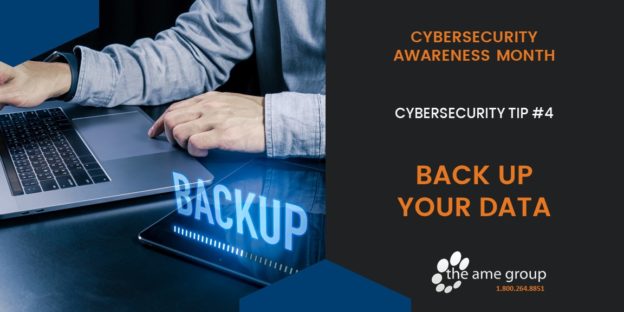
Managing Backups of Your Data
VICTOR IS A SYSTEMS ENGINEER AT THE AME GROUP, MANAGING BACKUPS FOR OUR CLIENTS AND OUR OWN! WE ASKED HIM, WHAT IS IMPORTANT TO KNOW ABOUT BACKUPS AND RECOVERY? Backups are something everyone wishes they had when technology goes south. Like the insurance policy, you didn’t size right or bother to purchase. The need for backups AND reliable data recovery is becoming the number one priority for many businesses, and it should be. Even hard drive companies are starting to build data recovery services into their warranties and obviously at
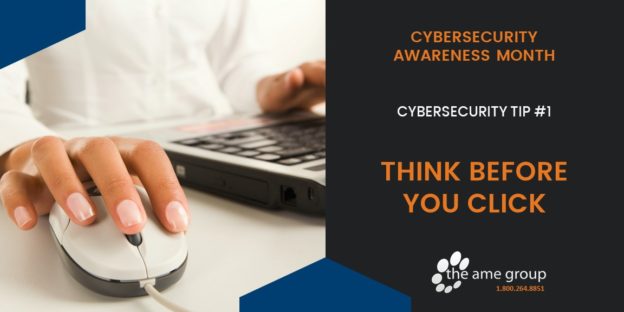
Think Before You Click
National Cybersecurity Awareness Month To reduce your risk of falling for a phishing scam, Think Before You Click! Start to look at emails from a new perspective Look at the email address Even if it is from a name you recognize, Think Before You Click! <somelongname8825@gmail.com> – Most business emails do not come from a GMAIL account – be suspicious. <info@amazonn.com> – Perhaps there is a spelling error that can easily be overlooked if rushing – be suspicious. TIP – on a phone email app, you don’t always see the
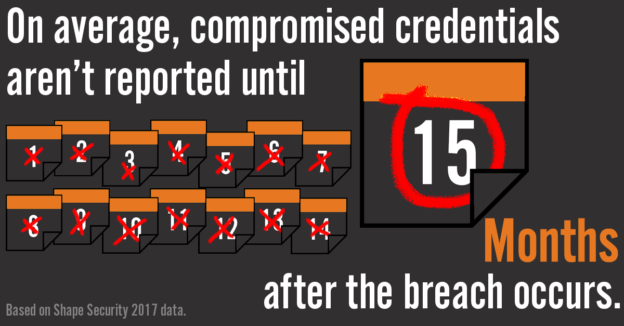
WHAT TO DO WHEN YOUR CREDENTIALS ARE FOUND ON THE DARK WEB
Sites are hacked every day. Your Information IS for sale on the DarkWeb. It travels quickly across the world and is viewed by thousands in a weeks’ time[1]. Once on the internet, whether on the surface internet (what we know of as the internet) or on the deep/dark web, you cannot erase it. Many evil things happen on the dark web, it’s not just about stolen credentials. Drugs are sold; people are sold; counterfeit money is sold; access to your server is sold. Your stolen PII / PHI can be
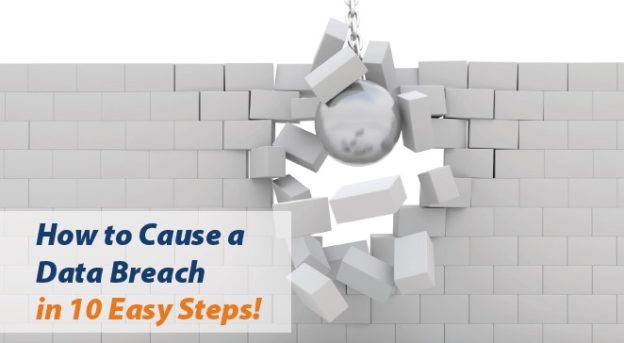
How to Cause a Data Breach in 10 Easy Steps!
STEP 1: Make sure to click on every link, and download every attachment sent to you via email. On mobile, feel free to trust links sent to you in random text messages. STEP 2: Disable antivirus and other security apps on every device, especially your work computer. STEP 3: Ignore security policies. They’re more like suggestions than hard guidelines anyway. STEP 4: Plug in that random USB flash drive you found. It could have some good information on it! STEP 5: Feel free to download sensitive information to a personal

WHAT IS 2FA?
2FA, or two-factor authentication is a form of MFA (Multifactor Authentication), that requires a second layer of security for your application and online access. Take advantage of this option and set it up wherever it is offered. Double-up your login protection. Many technology companies and app-makers provide two-factor authentication that requires users to authenticate their identity over two devices. This is becoming more the norm and is a great foil for anyone trying to access accounts unauthorized. The process is usually really easy to use, but just remember to keep

The Changing Landscape of Password Management
There have been a lot of interesting developments in Password Management since NIST, National Institute of Standards and Technology (a division of US Dept. of Commerce), revised the 14-year-old guidelines last November with final updates issued in June 2017. The now-retired 72-year-old author of the original 2003 NIST, Bill Burr, was quoted in The Wall Street Journal as saying “Much of what I did I now regret.” Great Britain’s National Cyber Security Centre has also chimed in with similar updated recommendations on Password Security. Many of the recommendations are targeted to IT system administrators regarding steps they should be taking.
